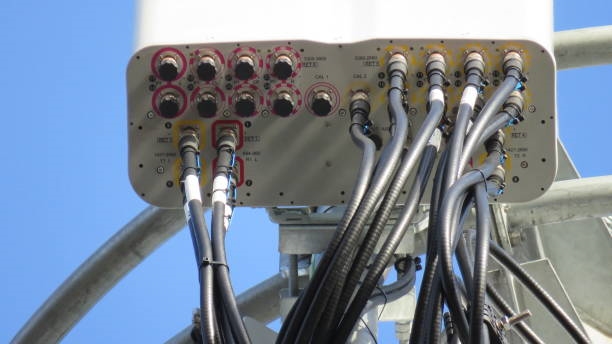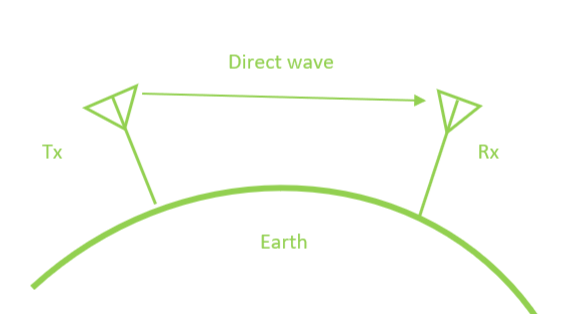Transmit-Receive (T/R) modules are critical components in time-duplex radio frequency (RF) front-ends, positioned directly behind antenna array elements in beamforming arrays for radar and communication systems, such as 5G and satellite applications. This article provides an overview of T/R module functionality, design considerations, and their role in modern RF systems for hardware engineers, PCB designers, and embedded developers.
Core Functionality of T/R Modules
A T/R module typically consists of a low-noise amplifier (LNA), a power amplifier (PA), and a T/R switch. These components enable the module to handle both transmission and reception tasks. Advanced T/R modules may incorporate additional features, such as digital control interfaces, telemetry, and power management systems, allowing them to perform beam control tasks like automatic scanning and beam switching.
T/R modules are often tightly integrated with specific antenna elements, which may be planar (e.g., patch or Vivaldi antennas) or non-planar (e.g., helical antennas), depending on the application. In some cases, antenna arrays support multi-polarization capabilities. Custom T/R modules and antennas can be developed using commercially available components, supporting applications up to the X/Ku frequency bands.
Applications in RF Systems
T/R modules are essential in RF systems ranging from 5G communication networks to large-scale phased array radar systems. In phased array radars, T/R modules integrate phase shifters and amplitude control to steer and shape antenna beams, enabling precise beam pointing and beamforming.
Placing T/R modules close to the radiating elements maximizes transmission efficiency and enhances receiver sensitivity by minimizing noise from transmission losses in the antenna feed network.
Array Configurations
One-dimensional (1D) linear arrays, often described as "plank-shaped," consist of T/R modules and antenna elements arranged in a straight line. These provide beam control in a single plane. Stacking multiple 1D arrays forms a two-dimensional (2D) array, enabling beam control in three-dimensional space. Such 2D arrays offer greater flexibility and precision in beam steering, critical for radar and communication systems.
In 2D arrays, linear arrays are arranged in geometric patterns, such as rectangles, to meet specific beam coverage and scanning requirements. This design allows electronic beam steering without mechanical components, improving system response time and flexibility.
Each T/R module has individually adjustable phase and amplitude settings, which can be updated in real time to support beam scanning and target tracking. This enables techniques like single-beam operation and monopulse radar.
Active Electronically Scanned Arrays (AESA)
Ground-based communication systems (e.g., 5G) and satellite systems use Active Electronically Scanned Array (AESA) technology, powered by T/R modules, to track user terminals and reduce interference by directing nulls toward jammers or interference sources. In radar systems, AESA enables beam scanning and target tracking for both civilian and military applications.
Key AESA design considerations include:
- Antenna Element Spacing: Spacing must be carefully chosen to prevent unwanted grating lobes in the antenna beam. It also dictates the physical size of T/R module enclosures.
- RF Signal Distribution: The system should minimize losses, particularly between the T/R module and the antenna.
- Thermal Management: When transmit power exceeds a few watts, cooling (air or liquid) becomes necessary, especially for high-duty-cycle operations in hot environments.
- Data Interfaces: High-speed interfaces are critical for real-time updates of phase and amplitude data during scanning and tracking.
For X-band and higher frequencies, T/R module components must be highly compact to fit within the spatial constraints defined by antenna element spacing.
 ALLPCB
ALLPCB







